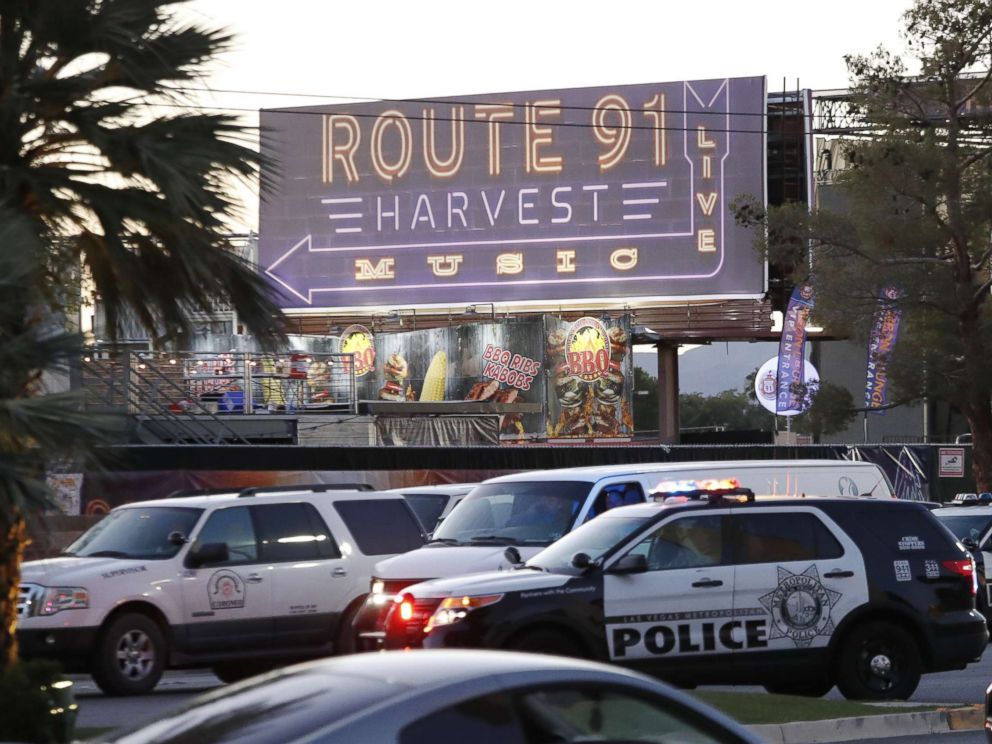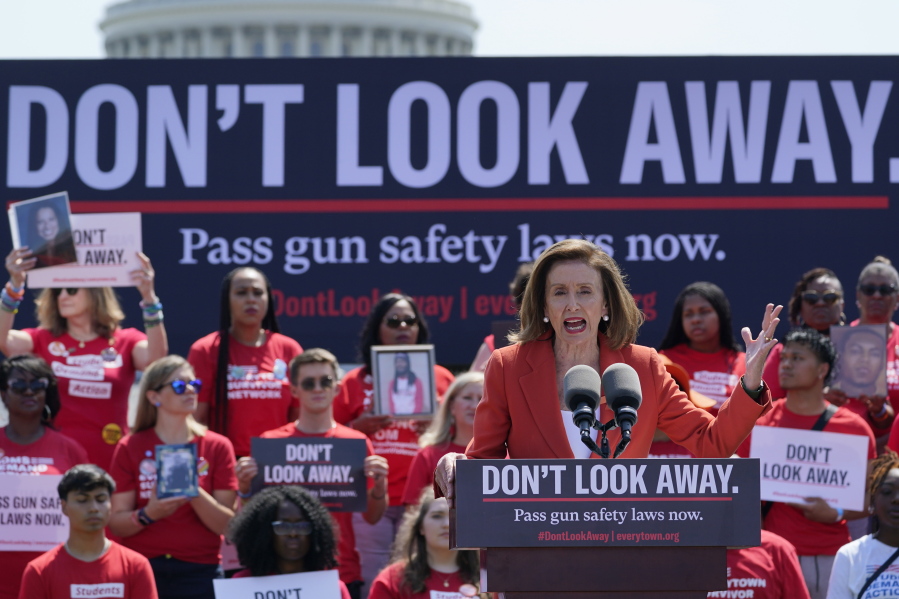
A thorough understanding of safe shooting techniques is required to become an NRA Range Safety officer. A range safety officer must be familiar with firearm malfunctions and emergency procedures. NRA certified range safety officer are provided with notes and suggested materials during the training course. These materials include a calculator, note-taking material, and an NRA Range Safety Officer Manual.
NRA Basic Course Safety Officer
The NRA Basic Range Safety Officer Program is for you if you are interested to a career in firearms or are looking for a job as an entry-level employee in a prestigious company. This nine-hour course teaches anyone interested to shoot sports and supervise the safety of ranges. You'll learn the rules of range operations, what to do in case of an emergency, and the proper way to operate firearms. The course is hands-on, and you will be able to learn the skills required to work in a safe environment.

NRA's Range Safety Officer Course is an upgrade to the NRA Basic Rang Safety Instructor course. But it's not quite as good. In addition to testing and maintaining your certification card, the course includes practical exercises. Additionally, you will learn how to give and manage safety briefings. The NRA also provides training on teaching skills and includes student packets and NRA Chief Range Safety Officer apparel. As an NRA Range Security Officer, you will be the person to contact at your range.
NRA Range Development and Operations Online Course
You may have thought of taking the NRA's Online Range Development and Operations Course if you are responsible for a shooting range or just own one. This course is for range owners and operators who want to learn more about safety and environment issues that can arise while operating a shooting sporting range. It is important that you follow these guidelines in order to protect wildlife and ranges.
Many shooters are not familiar with the topics covered in this course, such as bullet impact and noise levels. You will also learn about topics like range maintenance, customer services development, policy formulation, employee training, program implementation, and policy development. It allows you to meet other experts and shooting range managers. This course is a valuable tool for range owners and managers. Anyone involved in shooting sports should take this course.
NRA Instructor-Led Class
NRA Instructor-Led Course on Range Safety Officer certification gives you the ability to oversee and maintain a shooting area. This course includes instruction on how to administer a firing line, create emergency plans and provide safety guidelines. Participants should have completed Basic Instructor Training to be NRA-certified before taking this course. Six lessons are included in the course, as well as an online exam. Candidates must pass both written and practical exams in order to be certified. They must demonstrate safe attitudes throughout the course and be able to handle guns safely.

This course includes all information required for certification as a Range Safety Officer. It also includes a comprehensive exam on range safety. This must be passed with at least a 90% score. The course costs $125, and is valid for a period of 90 days. A NRA Training Counselor will teach the course. After successful completion of the course the candidate will be issued a NRA Range Safety Officer Card.
FAQ
Where can I purchase a gun? Is it really necessary?
Hunting certain species requires a gun.
Most states require hunters to own a firearm. The type of firearm required depends on which game you want to hunt, and what state you live in.
A rifle, shotgun and handgun can be purchased at any sporting goods shop.
You should ensure that you select a weapon that suits your needs. A.22 caliber pistol is a good option if you're looking for small game hunting such as squirrels and rabbits.
A larger caliber weapon is recommended for hunting large game, such as bears, deer, and elk.
It is important to feel at ease with a firearm before you buy it. Guns can be dangerous. Keep your gun unloaded until you're ready to shoot.
Be sure to inspect the gun before buying it. Ask the seller to show you how to load or unload the weapon.
The warranty provided by the manufacturer should be reviewed. Ask the dealer if they have a warranty.
Ask your dealer for a copy their safety instructions. These documents should contain information about safe storage as well as maintenance.
You should check the serial number. If it starts with "NIB" (or "New In Box"), the gun was made brand new.
If the serial number begins with an odd number, the gun was previously owned.
You can contact the manufacturer directly if you are not sure if the gun has been used. They should be willing to give you details about the gun's history.
Is hunting dangerous?
Yes, but it is possible to be injured during hunting.
There are several ways you can injure yourself.
A poor shooting technique is one way. An example of this is when you shoot at an incorrect angle or hit the wrong area of the animal.
An attack by another animal is also a risk.
Hunting accidents happen every year. Guns cause many deaths and serious injuries.
Hunters should not load their guns before they reach their destination.
They must also ensure their guns aren't loaded before they go into woods.
Keep your eyes open. Listen for the sounds and be attentive to your surroundings.
You must be able to defend yourself against any animal that you approach.
Never chase after prey. Instead, wait patiently and they will come to you.
Avoid taking shortcuts. They can lead to injury or death.
Be aware of cliffs, and other places that you cannot see down below.
Avoid rivers and streams. These places may flood unexpectedly.
It is best to not drink alcohol while hunting. It can affect your judgment and slow down your reaction times.
All safety equipment should be kept close to your body. You should always carry a first aid kit and flashlight.
It is important to know how to treat an emergency. Do not assume you know the basics of first aid or CPR.
Why is hunting a good hobby?
Hunting is like playing chess with nature. It's important to think ahead, plan every move and predict where the game will end.
Hunting is about finding food. This means that you need to know how to track prey and when to stop. If you don't know these things, then you'll never catch anything.
The main thing to remember when hunting is to always keep your eyes open. By doing so, you will never miss an opportunity. If you do happen to see something, be sure to get close enough to identify it. Make a list of all the things you saw and keep it. This will come in handy if you decide you want to go hunting again.
It's not just about shooting at targets. It's about being in sync with yourself, your surroundings, as well as the animals around.
Statistics
- Indiana, for example, saw a 28% jump in turkey license sales during the first week of the season. (stacker.com)
- Licenses dropped from a peak of roughly 17 million in the 1980s to 15 million in 2019, according to The Seattle Times. (stacker.com)
- - Percent of residents with paid hunting licenses: 0.7%- (stacker.com)
- Over the past 50 years, the number of hunting licenses in California has been on a rapid decline, falling 70% from more than 760,000 in the 1970s to under 268,000 in 2020—even as the state's population has skyrocketed, according to The Mercury News. (stacker.com)
External Links
How To
How to hunt wild hogs
Large, large wild hogs are found all over North America, Africa Asia, Asia, Europe. Wild hogs eat both vegetation and small animals, such as birds, fish, mice, rabbits and mice. They usually feed at night. After six months of gestation, one piglet is born. A sow can give birth once every two years. Wild hogs can be solitary, but they may live in herds.
The average weight of a wild boar is 200 pounds (90 kg). Their head length averages from 10 to 12 inches (25-30 cm), while their body length ranges from 20 to 30 inches (50-75 cm). Wild pigs tend to have long legs, wide shoulders, and short tails. They have a thick layer under their skin of fat.
They are very sensitive to smell, hearing, sight, and touch. They use these senses to detect danger and find food. They can run upto 35 mph (56 km/h) at speeds of up to 14 mph and jump upto 15 feet (4 m) from a distance of just under 4 m. They have sharp teeth and claws. They are aggressive when defending themselves against predators.
Hunting wild hogs is hard because they are intelligent, fast, and elusive. Hunting wild hogs is a dangerous business. Hunting too soon can cause the animal to escape. The animal could die if hunters attempt to shoot it too soon.
There are many different hunting methods that can be used to kill wild boars. The most commonly used method is shooting. This requires hunters hunting to find the animal, then waiting until it comes within range. Trapping is another option. You can trap hogs by setting traps near water supplies. The traps are often equipped with a scent lure that includes peanut butter mixed with corn meal. Once the trap is released, the hunter will shoot the trapped pig.
Another method is snaring. To catch the pig, snaring uses a rope-covered noose. It works best if the pig is caught during its mating season.
Other methods include netting, spearing, and poisoning. Netting and spearing involve placing a net or spear through the pig's neck to stop its breathing. Poisoning is done by injecting the pig with poison.
Hunters who want to hunt wild hogs must be ready for cold temperatures. Hunting in colder areas may require the use of snowshoes. To help track animals, some hunters have dogs.